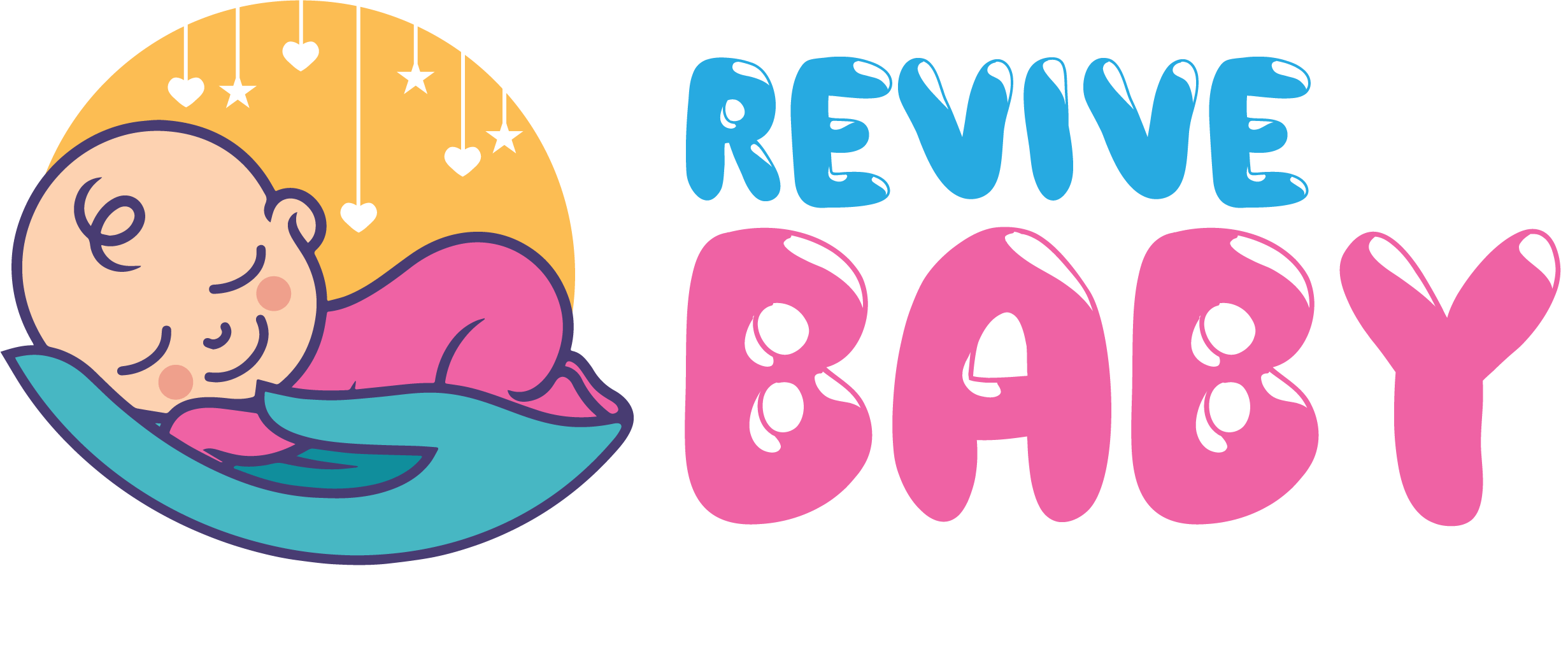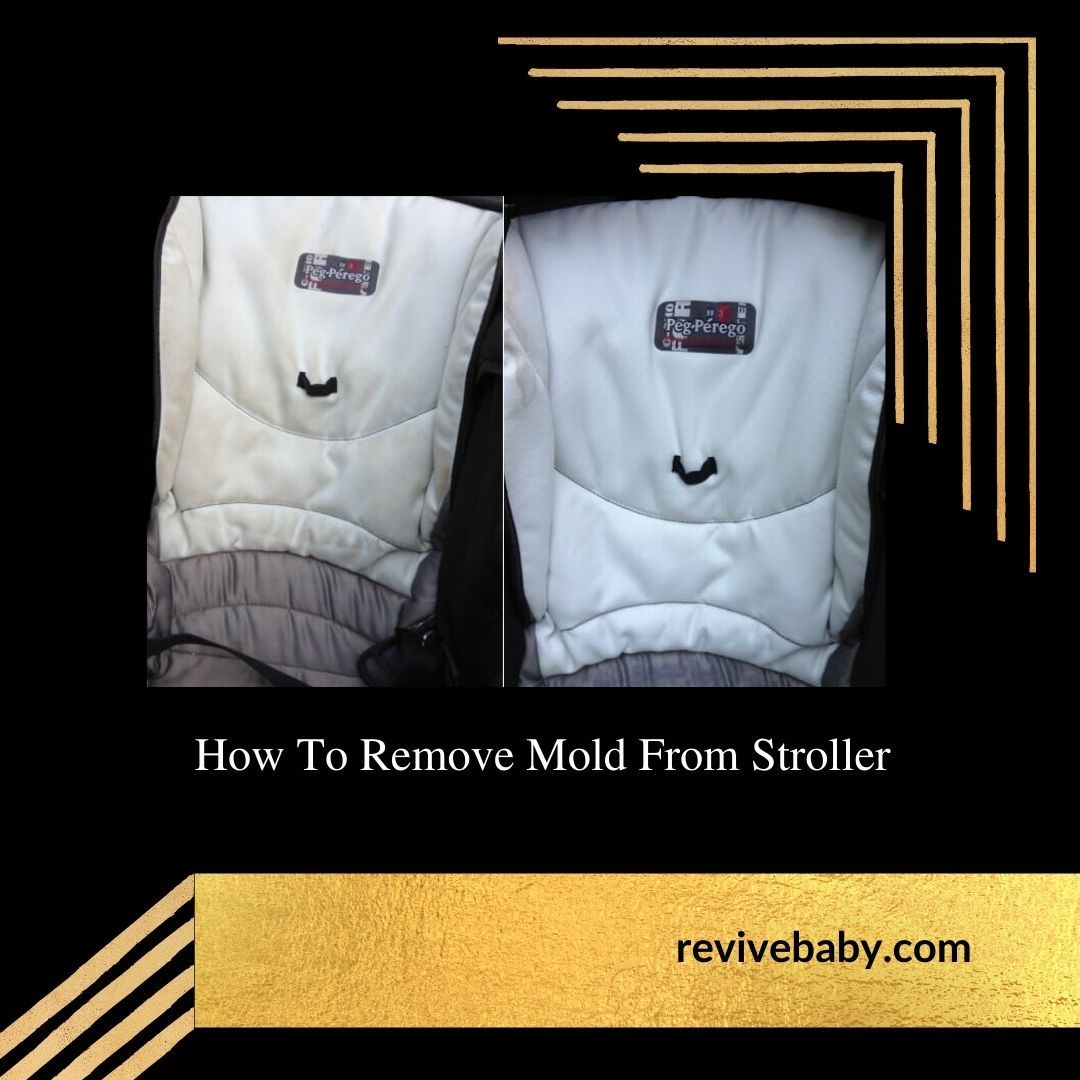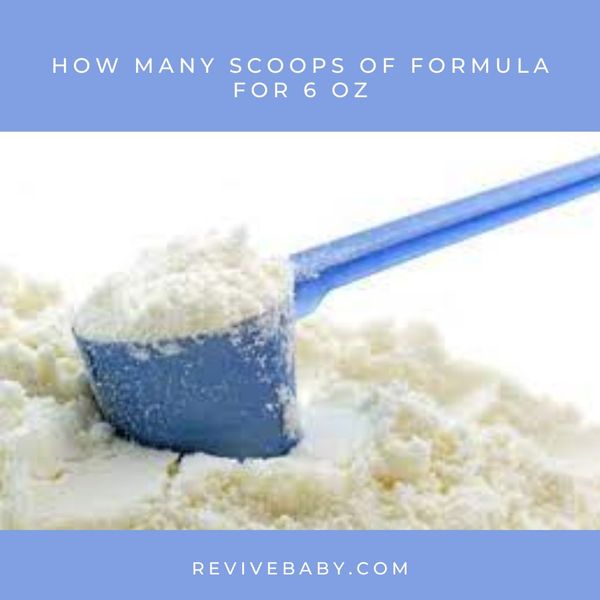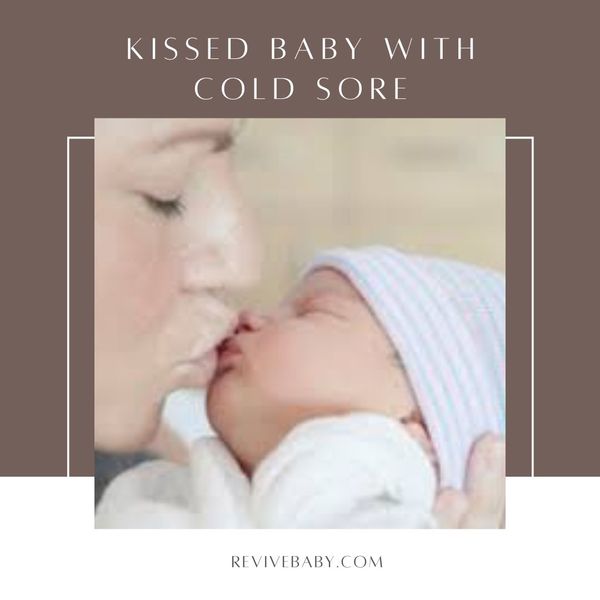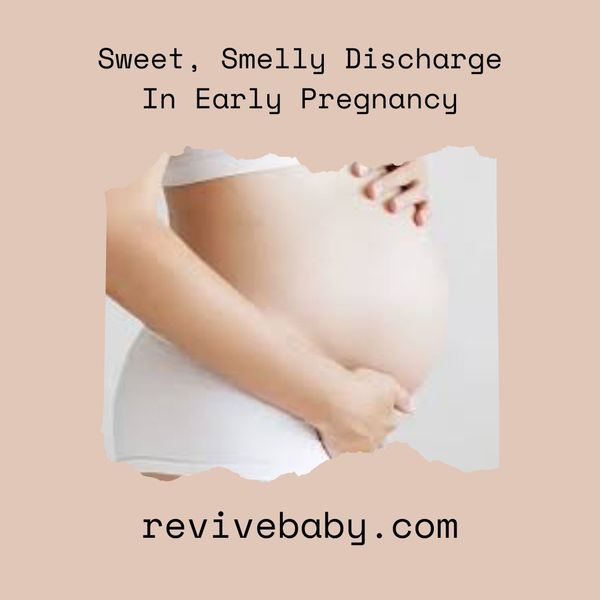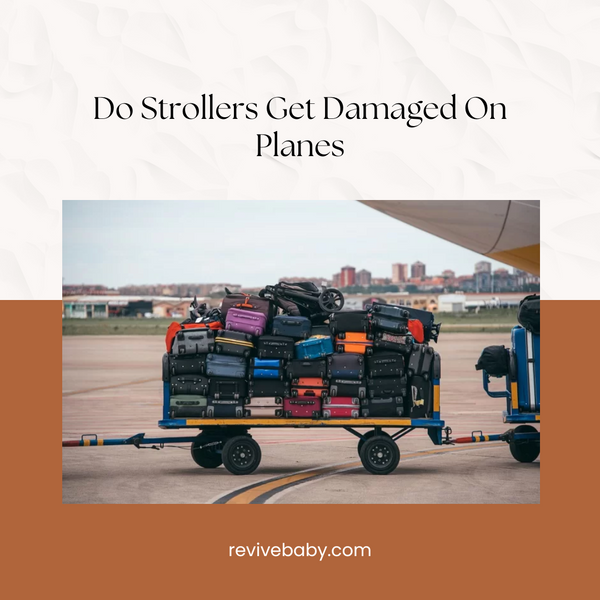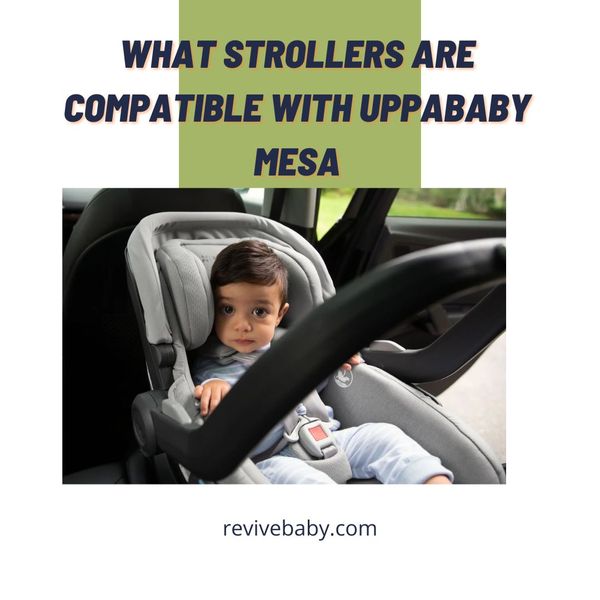However, paying attention to their upkeep can lead to an uninvited guest: mold.
Mold is not only unsightly but also a potential health hazard. The dark, damp crevices of stroller fabrics and frames can become a breeding ground for mold spores, posing risks to your child and you. Respiratory issues, allergies, and skin irritations are just a few problems that can arise from mold exposure.
This comprehensive guide will walk you through safely and effectively removing mold from your stroller. We'll also explore preventive measures to ensure your stroller stays mold-free in the future. Whether you're dealing with a minor mold issue or a more stubborn infestation, our step-by-step instructions and helpful tips will help you reclaim your stroller's cleanliness and keep it in top-notch condition for your child's comfort and safety.

Step-by-Step Guide to Remove Mold From Stroller
Let's start removing mold from stroller by our step by step guide.
Inspection and Assessment
Before diving into the cleaning process, carefully inspect your stroller to identify mold-impaired areas. Look for dark spots, discoloration, or any signs of fungal growth. Assess the severity of the mold infestation, as this will determine the extent of your efforts.
Disassembly (if applicable)
If your stroller allows disassembly, remove fabric components like the seat cover, canopy, and padding. Additionally, detach any non-fabric parts that can be removed, such as trays, wheels, or frames. This step ensures that you can clean every nook and cranny effectively.
Pre-Cleaning Preparations
- Begin by vacuuming the stroller to remove loose mold spores and debris.
- Use a brush or cloth to wipe away surface mold gently.
- Dispose of the vacuum bag or clean the canister immediately to prevent mold spores from spreading.
Cleaning Solutions
You have two primary options for cleaning solutions. For a natural remedy, consider a vinegar solution (equal parts water and white vinegar) or a baking soda paste (mix baking soda with water to form a paste). Alternatively, you can use commercial mold cleaners available in the market.
Application and Scrubbing
Apply your chosen cleaning solution to the affected areas of the stroller. Use a soft brush or sponge to scrub the moldy spots gently. Be thorough but gentle to avoid damaging the stroller's fabric or frame. Pay extra attention to seams and crevices where mold may hide.
Rinsing and Drying
Rinse the stroller thoroughly with clean water after scrubbing. Ensure you remove all traces of the cleaning solution. Once rinsed, allow the stroller to air dry in direct sunlight. Sunlight has natural mold-fighting properties and helps prevent future mold growth.
Reassembly
Once all components are completely dry, reattach the fabric parts to the stroller frame. Ensure everything is properly secured and fitted according to the manufacturer's instructions. Reassemble any non-fabric parts you removed earlier.
Preventive Measures While Removing Mold From Stroller Fabric
Preventing mold from returning to your stroller is just as crucial as removing it in the first place. Here are some proactive steps to keep your stroller mold-free:
Storing the Stroller Properly
Store your stroller in a dry, well-ventilated area when not in use. Avoid leaving it in damp or humid locations like basements or garages, as these conditions can encourage mold growth. If storing it outdoors, use a waterproof cover to shield it from rain and moisture.
Regular Cleaning Routine
Implement a routine cleaning schedule for your stroller, even if it appears mold-free. Regularly vacuum and wipe down fabric and frame components. This proactive approach can help catch and eliminate mold spores before they become more significant.
Moisture Control
Mold thrives in moist environments. After using the stroller in wet conditions, ensure it dries completely before storing it. Wipe off any moisture, and leave the stroller in the sun to air dry if possible. To reduce humidity, consider using moisture-absorbing products like silica gel packs in storage areas.

Reasons For Mold On Stroller Fabric
Mold on stroller fabric can be a common issue, and several factors contribute to its growth. Understanding these reasons can help you take preventive measures to keep your stroller mold-free. Here are some key reasons for mold on stroller fabric:
- Moisture Accumulation: One of the primary reasons for mold growth is moisture accumulation on the stroller's fabric. This can occur when the stroller gets exposed to rain, spills, or high humidity. Moisture creates an ideal environment for mold spores to thrive.
- Improper Storage: Storing the stroller in a damp or poorly ventilated area, such as a basement or garage, can increase the chances of mold growth. Mold spores are naturally present in the air, and when they encounter a moist surface, they can settle and multiply.
- Infrequent Cleaning: Neglecting regular cleaning and maintenance of the stroller allows dirt, debris, and organic matter to accumulate on the fabric. Mold can feed on these substances, making the fabric an attractive breeding ground.
- Lack of Sunlight and Air Circulation: Sunlight and proper air circulation are natural mold inhibitors. If you store your stroller in a dark, confined space, or if it's consistently covered and doesn't get a chance to air out, mold is more likely to develop.
- Residue from Food and Drinks: If food or drink spills occur on the stroller fabric and aren't cleaned promptly and thoroughly, they can nourish mold growth. Mold can also thrive on organic residues left behind.
- Long-Term Dampness: If the stroller fabric remains damp for an extended period due to rain or inadequate drying after cleaning, mold can take hold and proliferate.
- Seasonal Changes: In climates with varying seasons, stroller storage conditions can change with the weather. Storing a stroller during the wet or cold season without proper protection can increase the risk of mold growth.
DIY Solution For Mold On The Stroller
You can prepare different cleaning solutions to remove mold from stroller fabric effectively. Here are three common solutions you can make at home:
Vinegar Solution

Ingredients
- White distilled vinegar
- Water
Instructions
- Mix white distilled vinegar and water in a spray bottle or a bowl. For example, you can use 1 cup of vinegar and 1 cup of water for a larger cleaning solution or adjust the proportions for smaller quantities.
- Shake or stir the mixture to ensure it's well combined.
Baking Soda Paste

Ingredients
- Baking soda
- Water
Instructions
- Mix baking soda and water in a small bowl to create a paste. Start with a few tablespoons of baking soda and add water gradually until you achieve a thick, spreadable consistency.
- Stir the mixture thoroughly until there are no lumps.
Hydrogen Peroxide Solution

Ingredients
- 3% hydrogen peroxide
- Water
Instructions
- Mix equal parts of 3% hydrogen peroxide and water in a spray bottle or bowl. For example, you can use 1 cup of hydrogen peroxide and 1 cup of water.
- Ensure thorough mixing.
Lemon Juice and Salt Paste

Ingredients
- Fresh lemon juice (from one or more lemons)
- Salt
Instructions
- Squeeze fresh lemon juice into a small bowl.
- Add enough salt to the lemon juice to form a thick, grainy paste.
- Stir the mixture well until the salt is fully dissolved in the lemon juice.
Conclusion
Following our step-by-step guide and using DIY cleaning solutions, you can effectively remove mold from your stroller fabric. Regular maintenance and preventive measures are key to keeping your child's stroller clean, safe, and mold-free. Here's to countless joyful and mold-free stroller adventures with your little one!
